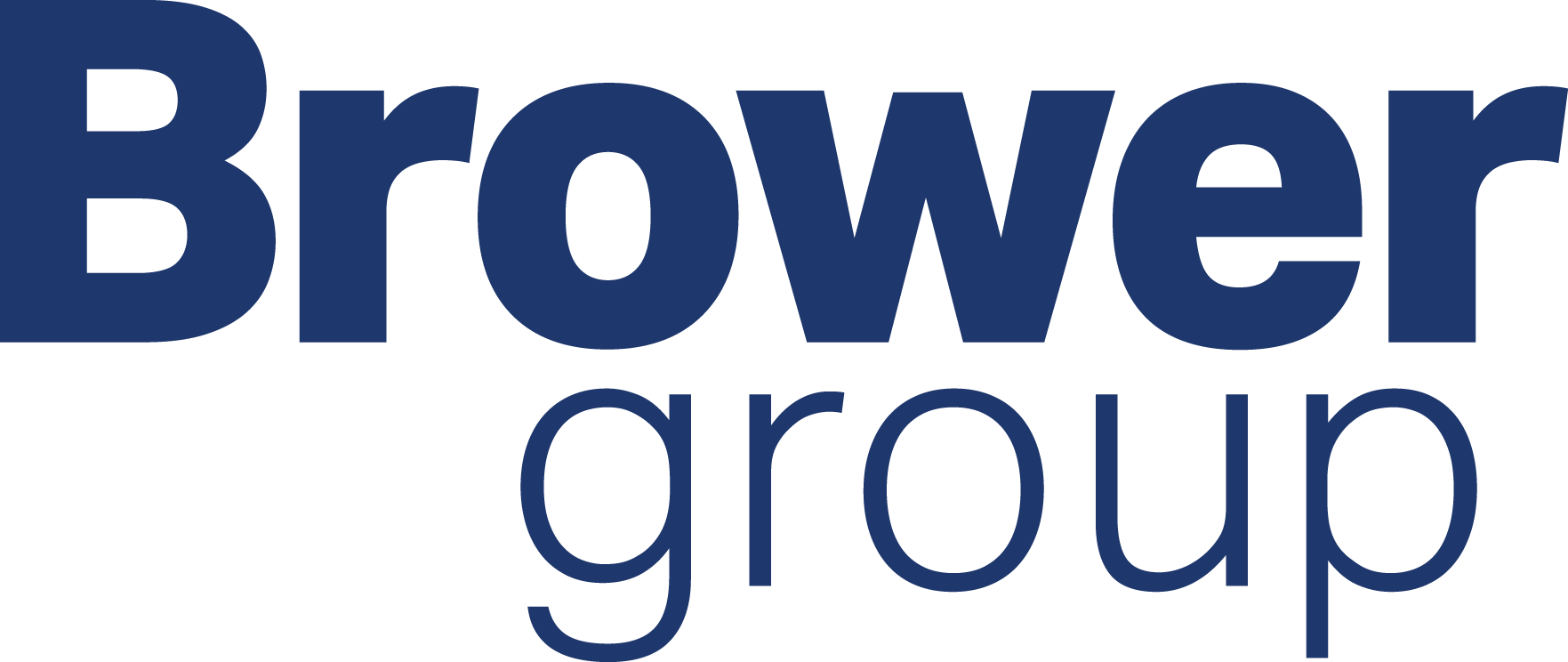
11 Dec 5 Best Social Media Strategies for Commercial Real Estate
 When it comes to creating the best social media strategies for commercial real estate, there are 5 Best Practices that are wise to implement.
When it comes to creating the best social media strategies for commercial real estate, there are 5 Best Practices that are wise to implement.
See how many of them your company is doing, and where they can improve:
1. Have a Purpose
Take a deep breath and pretend you’re in a yoga class.
Set your intention.
Just as simply owning a phone won’t make you money if you don’t have a reason to call people, social media will not work unless it has an intention.
Social media can be used to increase reach, increase awareness, influence opinions, share expertise, drive direct sales, and create communities.
Your first step is to determine why your commercial real estate firm will benefit through its social media program so you can create a real strategy.
Social media is no longer a new, shiny object. It is, or can be, an extremely valuable business tool.
As with any other tool, you may to hire professional operators to get the job done right, instead of trying to DYI method.
2. Use the Right Platforms
If you are doing B-2-B marketing, which is pretty much the only thing one can do in commercial real estate, there are two platforms that make sense.
Twitter and LinkedIn are both excellent platforms for the industry.
Sure, you can use Instagram and Facebook to show how much fun your team is having as a recruitment device. But that’s really a human resources marketing option, rather than a commercial real estate business marketing program.
To reach prospective business tenants, lenders, brokers, mortgage bankers, contractors, landscape firms, and institutional investors, the smart commercial real estate companies can find their targets on Twitter and LinkedIn.
3. Content is King
Remember those guys who used to use “back-links” and other tricky SEO devices to raise your social media profiles and ranking on search engines?
Google heard about those. They simply don’t work anymore.
Today, for commercial real estate companies, as for all companies, it’s all about content.
If you use SEO alone, when you attract people to click, they will just jump back off it if the content isn’t worthy of their time.
In fact, you may create negative impressions if people feel tricked by your firm.
Alternately, strong content will create a positive impression, and will increase your Google ranking if you can generate likes, comments, shares, retweets, etc.
And best of all, you will generate action. Strong content will create fans out of your targets, who will see you as helpful, expert and worthy of their time and their business
4. Boosting Works
Paid content on LinkedIn stands out. You will indeed get a lot more results if you partner with your platform.
Is it worth the money?
Yes, if your content is strong, it is worth spending dollars to ensure it reaches a large audience. After all, whether it’s your time or the time of someone that you’ve paid to prepare the content, the promotional dollars will be well spent so that your opportunity cost in creating the content pays off with new clients or customers.
5. Post and Post and Post and Post, and then Post
Strong brands that have great SEO, great engagement from their followers, and great results have been posting consistently.
How often should you post?
For B-2-B campaigns, once a week is sufficient, as long as it’s once a week every week all year long.
There’s no reason to skip Thanksgiving or any other holiday, since you can create your content and schedule the posting even if you are not in the office, and not in office mode.
People see what they see when they happen to see it. Over holidays, people often have extra down time and use part of it to look at social media.
The consistency factor works in multiple ways:
– Google crawlers love fresh content and will reward that behavior
– Those who are your targets will remember who you are and what your business is doing if they see it with frequency over a period of time
– Your passion for your social media, and your commitment to getting it done speak well for your brand. If you go to a website and their most recent was 2014, you may think they are very busy, yet you are also likely to think they don’t have enough staff to get their work done. So keep posting!
To learn more on this topic, contact Judy Brower Fancher at The Brower Group at jbrower@brower-group.com.
Posted on December 11, 2018



